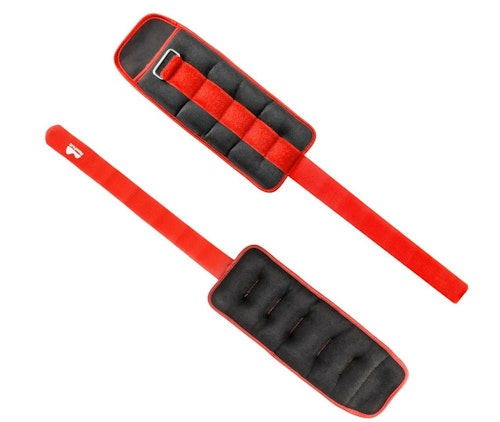My two sons are 15 and 17, and neither one seems overly concerned with rifle recoil or muzzle blast when hunting or target shooting. However, that wasn’t always the case.
My oldest son was extremely cautious of a centerfire rifle’s loud Bang!, even though he wore ear muffs over ear plugs. I started him shooting a .22 rimfire, and frankly, he was very nervous about shooting it, too. Each time we’d start a practice session with the .22, he’d stand 50 yards behind me, with his hands over his ear muffs, which covered ear plugs, and he had me shoot the gun a handful of times before he approached. Like I said, he didn’t like loud noises. (Fourth of July fireworks? Out of the question!)
As we dealt with the muzzle blast issue, he was also concerned about rifle recoil. “Dad, how much is this gun going to kick?” It was the same question every time we shot my .22 rimfire or wood-stocked, scoped Ruger .243 Win. bolt-action deer rifle.
Of course, a .22 rimfire rifle has virtually zero recoil, and even though my Ruger .243 didn’t kick much (total weight of my .243 and scope was 8 pounds), it was noticeable enough I could see my son flinch every time he shot.
“I wish the .243 kicked like the .22,” he said to me at the range as we prepared for the upcoming deer season. And then a lightbulb went off: I couldn’t do anything to tame the centerfire cartridge itself, but I could add enough weight to the .243 rifle to virtually eliminate recoil.
True story: I found the solution under our living room couch. My wife occasionally worked out to various exercise videos, and she had a pair of ankle weights; each one weighed 5 pounds.

The next time we visited the gun range, I had two ankle weights packed in the gun case for my .243. And while my son gave me a strange look as I unpacked our gear, you couldn’t wipe the smile off his face when I said, “I’ll hang these two weights from the .243, just under the scope, and it will kick the same as the .22, I promise.”
That deer season he killed a South Dakota doe with 10 pounds of extra weight attached to my .243, effectively turning the 8-pound light-kicking rifle an 18-pound recoil-free centerfire.
Important note: I insist my sons always shoot at whitetails with aid of a tripod for maximum stability, and the tripod held the additional 10 pounds of weight with no problem.
Of course, there’s nothing special about ankle weights. You can MacGyver additional weight however you wish. I like to position the weight under the scope, right next to the forward scope ring because it balances best when a rifle is held on a tripod. Experiment with various systems and find what works best for you and your recoil-sensitive shooter. To avoid using noisy Velcro that comes on most ankle weights, I cut off the strap and instead tied a length of thin rope to each weight's ring. Then, I tied a loop in the rope large enough that it slipped over the rifle's muzzle and forearm. Simple, quiet and effective.
You can expect that the first deer season you’ll add 10 pounds, and the next year when your mentee is a bit bigger and more experienced, you may need to add only 5 pounds. And the next year they’ll probably say, “Dad, I don’t need the weights anymore.”







